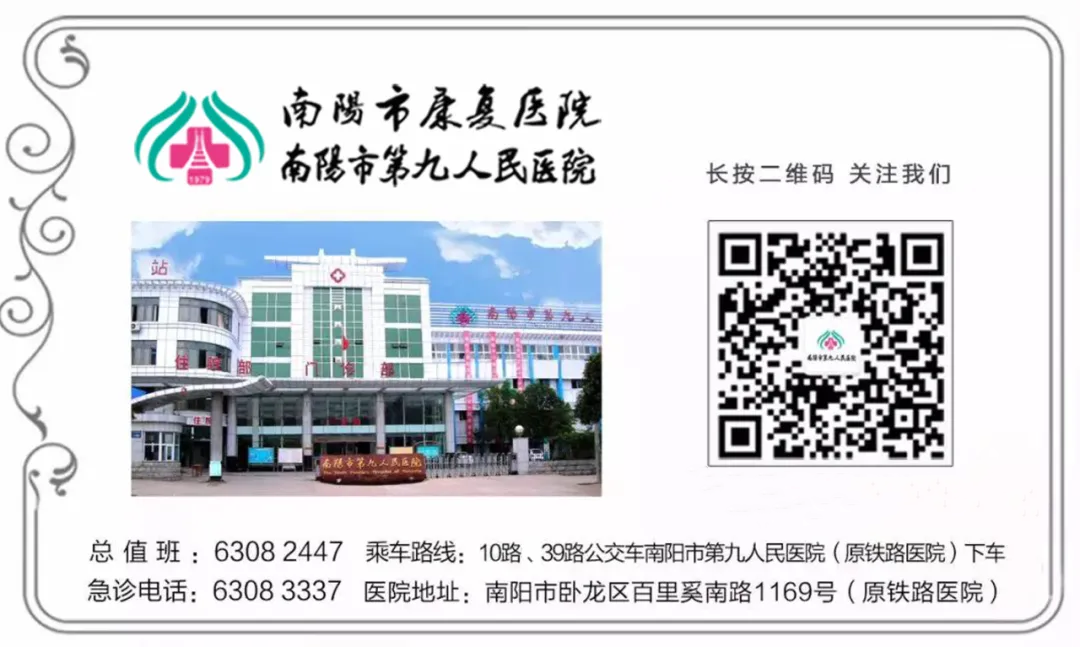

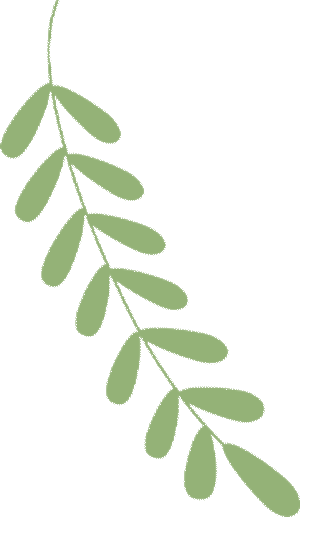
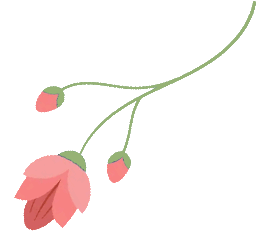
Life’s Trust
Heavy Responsibilities

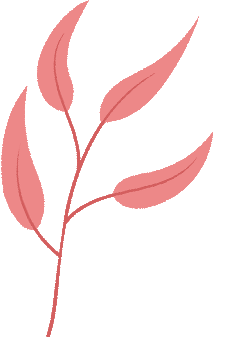


As winter approaches and the weather fluctuates, colds are easily contracted. Often, taking medication can alleviate symptoms, but sometimes the medication may not be effective or may even worsen the condition, leading to the consideration of whether the “medication is inappropriate for the symptoms”.
Colds can be categorized: Wind-Cold colds and Wind-Heat colds.
So how do we distinguish between Wind-Cold and Wind-Heat colds? Let’s take a look at the differences between the two types of colds and how to select appropriate medications.

1. How to Distinguish Between Wind-Cold and Wind-Heat Colds?
1. Judging by Pathogenesis.
Wind-Heat Cold is caused by the invasion of heat pathogens into the body, usually due to excessive fatigue, irregular lifestyle, or physical weakness. The heat pathogen enters through the mouth and nose, invading the body through the skin, boiling the body’s fluids, and forcing the fluids to leak out, resulting in a deficiency of yin fluids and causing illness.
Wind-Cold Cold is caused by the invasion of wind and cold pathogens into the body, where the cold pathogen adheres to the wind pathogen. When the body’s resistance decreases, it invades the lungs through the skin pores, causing lung dysfunction, obstructing the circulation of qi, blood, and fluids, and leading to illness.
Therefore, Wind-Cold colds are more common in winter, while Wind-Heat colds are more common in summer, but this is not absolute. The pathogenesis of Wind-Cold and Wind-Heat colds is influenced not only by the season but also by individual constitution, lifestyle habits, and other factors.
2. Judging by Symptoms.
|
Wind-Heat Cold |
Wind-Cold Cold |
|
|
Sweating |
Cold with sweating, high fever, sweating, chills |
Cold without sweating or with little sweating, low fever, headache, muscle and joint pain, body aches |
|
Coating of the Tongue |
Red and yellow |
White |
|
Phlegm |
Yellow and thick nasal discharge or phlegm |
Mostly white and thin nasal discharge or phlegm |
|
Throat |
Sore throat |
Itchy throat |
2. How to Choose Appropriate Medications?
Wind-Cold Cold can be treated with warming and dispersing medications that release the exterior and dispel cold from the lungs;
Wind-Heat Cold can be treated with cooling and dispersing medications that release the exterior and dispel wind-heat.
Commonly Used Chinese Patent Medicines
1. Wind-Heat Cold
|
Chinese Patent Medicine |
Composition |
Indications |
|
|
Wind-Heat Cold |
Compound Honeysuckle Granules |
Main ingredients: Honeysuckle (Jin Yin Hua), Forsythia (Lian Qiao), Astragalus (Huang Qi) |
Clears heat and detoxifies, cools blood and reduces swelling; can be used to treat Wind-Heat colds, pharyngitis, tonsillitis, eye pain, toothache, and carbuncles. |
|
Isatis Root Granules |
Main ingredient: Isatis Root (Ban Lan Gen) |
Clears heat and detoxifies, cools blood and benefits the throat; can treat sore throat symptoms in Wind-Heat cold patients. |
|
|
Double Yellow Lian Oral Liquid |
Main ingredients: Honeysuckle, Forsythia, Scutellaria (Huang Qin), etc. |
Clears heat and detoxifies, disperses wind and releases the exterior; treats symptoms of fever, cough, and sore throat caused by Wind-Heat colds. |
|
|
Summer Mulberry and Chrysanthemum Granules |
Main ingredients: Selfheal (Xia Ku Cao), Mulberry Leaves (Sang Ye), Chrysanthemum (Ju Hua), Goji Berries (Gou Qi Zi), Peppermint (Bo He), etc. |
Clears the liver and brightens the eyes, disperses wind and clears heat; suitable for treating symptoms such as red eyes, headache, dizziness, sore throat, and carbuncles caused by Wind-Heat colds. |
|
|
Linghua Qingwen Capsules |
Main ingredients: Forsythia, Honeysuckle, Ephedra (Ma Huang), fried bitter apricot kernel (Ku Xing Ren), gypsum (Shi Gao), Isatis Root, and others. |
Clears epidemic heat and detoxifies, disperses lung heat; used to treat influenza with heat toxin attacking the lungs. |
2. Wind-Cold Cold
|
Chinese Patent Medicine |
Composition |
Indications |
|
|
Wind-Cold Cold |
Jing Fang Granules |
Main ingredients: Schizonepeta (Jing Jie), Siler (Fang Feng), Bupleurum (Chai Hu), and others. |
Induces sweating and releases the exterior, disperses wind and eliminates dampness; used for Wind-Cold colds, headache, body aches, chills without sweating, nasal congestion with clear discharge, and cough with white phlegm. |
| Zheng Chai Hu Drink Granules |
Main ingredients: Bupleurum, Siler, dried tangerine peel (Chen Pi), etc. |
Clears heat and detoxifies, disperses wind and dispels cold; effective for nasal congestion, clear nasal discharge, cough, and headache caused by Wind-Cold colds. |
|
|
Wind-Cold Cold Granules |
Main ingredients: Ephedra, Kudzu (Ge Gen), dried tangerine peel, licorice (Gan Cao), etc. |
Disperses wind and eliminates cold, releases the exterior and induces sweating; alleviates symptoms of Wind-Cold colds. |
|
|
Minor Bupleurum Granules |
Main ingredients: Bupleurum, Scutellaria, Codonopsis (Dang Shen), licorice, ginger, half summer (Ban Xia), jujube (Da Zao), etc. |
Releases the exterior, warms the interior, disperses heat, smooths the liver, and harmonizes the stomach; mainly used for exterior Wind-Cold and Shao Yang syndrome. |
|
|
Cold Relief Granules |
Main ingredients: Schizonepeta, peppermint, Siler, Bupleurum, perilla leaves (Zi Su Ye), Kudzu, etc. |
Disperses wind and eliminates cold, releases the exterior and clears heat; used for Wind-Cold colds, headache, fever, chills, clear nasal discharge, and dry throat. |
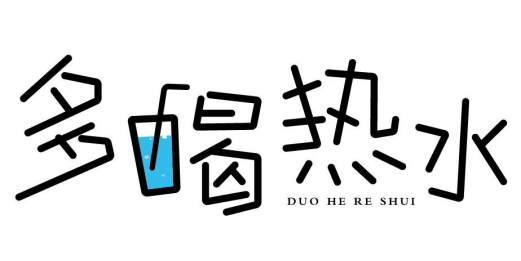
Special Note: This article is for knowledge sharing only and should not be used as a reference for any medication. If you have any health or medication-related questions, please consult a doctor and follow their advice for proper medication use! The medication introduction section is quoted from the medication instructions.
Contributed by: Pharmacy Department, Zhao Shiru
Edited by: Qi Shuyang
Reviewed by: Wang Qiuli
